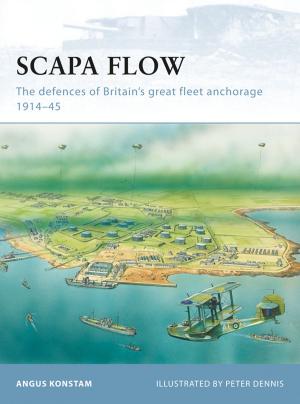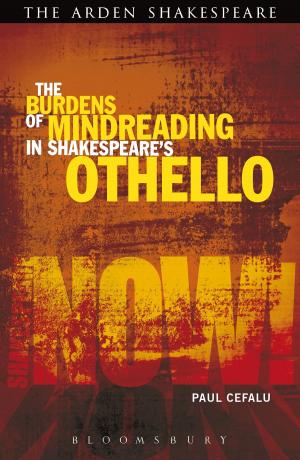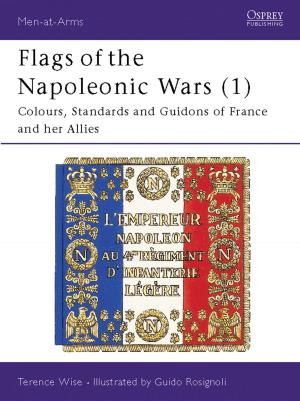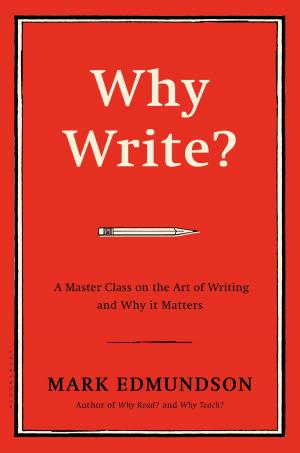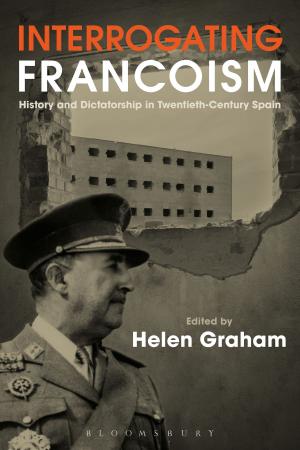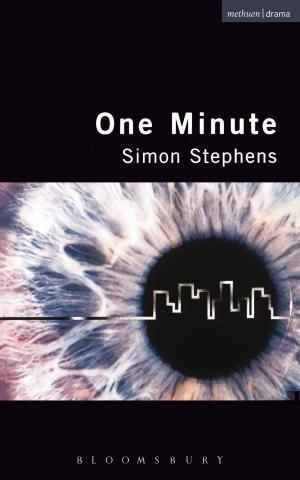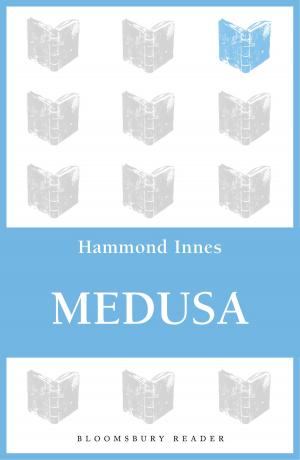Persian Historiography
A History of Persian Literature
Fiction & Literature, Literary Theory & Criticism, Asian, Nonfiction, History| Author: | ISBN: | 9780857736574 | |
| Publisher: | Bloomsbury Publishing | Publication: | January 27, 2012 |
| Imprint: | I.B. Tauris | Language: | English |
| Author: | |
| ISBN: | 9780857736574 |
| Publisher: | Bloomsbury Publishing |
| Publication: | January 27, 2012 |
| Imprint: | I.B. Tauris |
| Language: | English |
Persian literature is the jewel in the crown of Persian culture. It has profoundly influenced the literatures of Ottoman Turkey, Muslim India and Turkic Central Asia. It has been a source of inspiration for Goethe, Emerson, Matthew Arnold and Jorge Luis Borges among others, and praised by William Jones, Tagore, E.M. Forster and many more. Yet Persian literature has never received the attention it merits. Whereas Persian art and architecture, and more recently Iranian cinema, have been written about extensively and at different levels for a varied audience, Persian literature - the greatest achievement of the Iranian people, and one of the major literatures of the world - has largely remained the exclusive domain of specialists. And although in the past few years the poems of Rumi have attracted the kind of popular attention enjoyed by Omar Khayyam's quatrains in the 19th century, Persian literature has never received the attention it truly deserves.
A History of Persian Literature responds to this need and offers a new, comprehensive and detailed history of its subject. This 18-volume, authoritative survey reflects the stature and significance of Persian literature as the single most important accomplishment of the Iranian nation. Prominent scholars in the field bring a fresh critical approach to bear on this important topic and each volume includes representative samples of this literature.
In this volume the Editors offer an indispensable overview of the long and rich tradition of historical writing as a literary form in Persian. Highlighting the central themes and ideas which inform Persian historiography - such as the ethical and exemplary value of history, and its role in legitimising political power - this book traces the development of Persian historical writing from its origins in the 10th century and its evolution under the Mongols and Safavids, through the twilight of the traditional chronicle in the late 18th century. It goes on to trace the emergence of a national historiography during the 19th century and into the Pahlavi Era. This volume also offers an account of parallel developments in histories written in Persian in Ottoman Turkey, Central Asia and Afghanistan, reflecting the vitality of Persian culture throughout the region and the persistence of literary models and repeated themes over the centuries. The first work of its kind to consider the whole course of traditional and modern historical writing in Iran, Persian Historiography provides a much-needed introduction to the subject and serves as an essential guide to this important strand of Persian literary production.
Persian literature is the jewel in the crown of Persian culture. It has profoundly influenced the literatures of Ottoman Turkey, Muslim India and Turkic Central Asia. It has been a source of inspiration for Goethe, Emerson, Matthew Arnold and Jorge Luis Borges among others, and praised by William Jones, Tagore, E.M. Forster and many more. Yet Persian literature has never received the attention it merits. Whereas Persian art and architecture, and more recently Iranian cinema, have been written about extensively and at different levels for a varied audience, Persian literature - the greatest achievement of the Iranian people, and one of the major literatures of the world - has largely remained the exclusive domain of specialists. And although in the past few years the poems of Rumi have attracted the kind of popular attention enjoyed by Omar Khayyam's quatrains in the 19th century, Persian literature has never received the attention it truly deserves.
A History of Persian Literature responds to this need and offers a new, comprehensive and detailed history of its subject. This 18-volume, authoritative survey reflects the stature and significance of Persian literature as the single most important accomplishment of the Iranian nation. Prominent scholars in the field bring a fresh critical approach to bear on this important topic and each volume includes representative samples of this literature.
In this volume the Editors offer an indispensable overview of the long and rich tradition of historical writing as a literary form in Persian. Highlighting the central themes and ideas which inform Persian historiography - such as the ethical and exemplary value of history, and its role in legitimising political power - this book traces the development of Persian historical writing from its origins in the 10th century and its evolution under the Mongols and Safavids, through the twilight of the traditional chronicle in the late 18th century. It goes on to trace the emergence of a national historiography during the 19th century and into the Pahlavi Era. This volume also offers an account of parallel developments in histories written in Persian in Ottoman Turkey, Central Asia and Afghanistan, reflecting the vitality of Persian culture throughout the region and the persistence of literary models and repeated themes over the centuries. The first work of its kind to consider the whole course of traditional and modern historical writing in Iran, Persian Historiography provides a much-needed introduction to the subject and serves as an essential guide to this important strand of Persian literary production.

